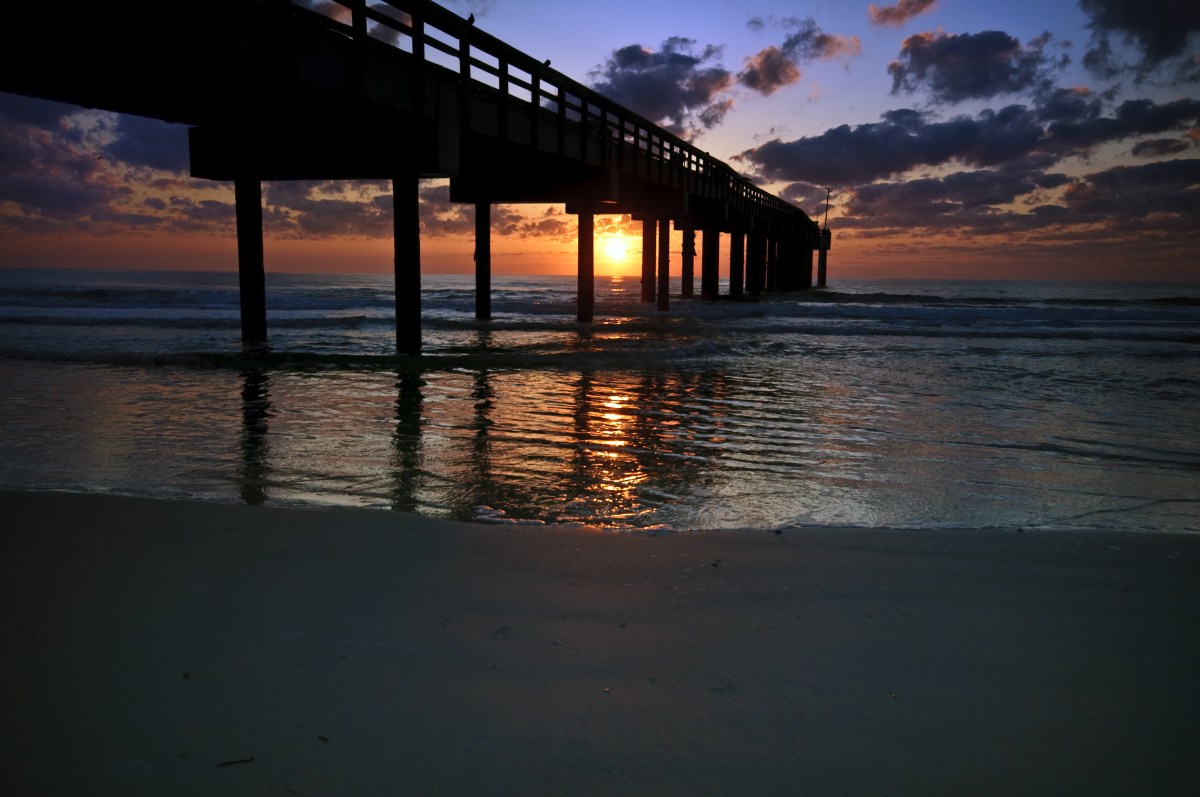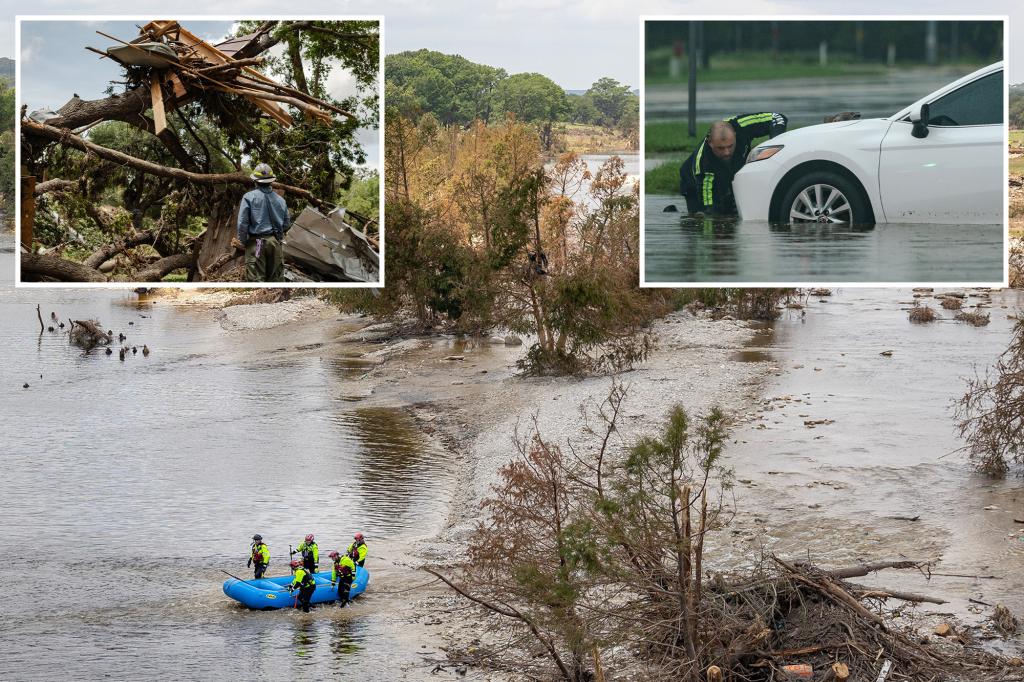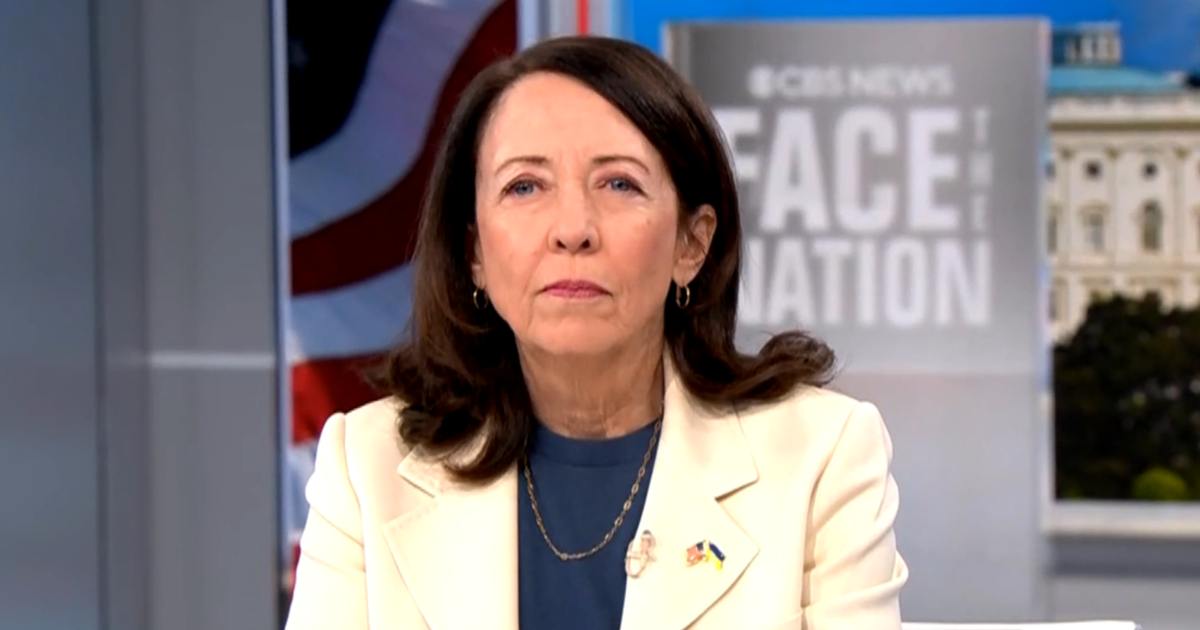Alarming Transformations: The Arctic’s Rapid Shift Unveiled in 2024 Report
The Arctic is undergoing profound changes that are reshaping its ecosystems and global climate patterns. According to the latest 2024 report, a significant increase in temperature, shifts in snow and ice coverage, and an alarming rise in wildfire frequency paint a troubling picture for the region. These transformations are not only crucial to understanding Arctic dynamics but also to addressing their global implications. As the Arctic warms at more than twice the rate of the global average, its impacts are increasingly felt worldwide.
Key Findings from the 2024 Arctic Report
The 2024 Arctic report highlights several key trends that reveal the scale of environmental change in the region:
- Temperature Increases: The Arctic has experienced unprecedented temperature spikes, with some areas warming by over 3°C compared to the 20th century average.
- Melting Ice Sheets: Sea ice cover has shrunk drastically, with summer ice extent at historically low levels. This not only affects Arctic wildlife but also contributes to rising sea levels.
- Wildfires and Deforestation: The frequency of wildfires has surged, particularly in the tundra regions, releasing carbon stored in permafrost and exacerbating climate change.
- Shifting Snow Patterns: Snow cover is decreasing, with shorter winter seasons and earlier melt, which disrupts local ecosystems and species that depend on it.
These transformations are not isolated to the Arctic alone. They hold profound consequences for global weather patterns, sea levels, and even the global economy. But what does the data reveal about the root causes and broader implications?
Unpacking the Drivers Behind the Arctic’s Changes
To truly understand the Arctic’s rapid transformations, it is essential to explore the factors driving these changes. The primary culprit behind the warming of the Arctic is the greenhouse gas emissions caused by human activity. However, the specific dynamics at play in this delicate region are far more complex:
- Amplified Warming: The Arctic is warming faster than any other region on Earth due to a phenomenon called the “Arctic Amplification.” As sea ice melts, it exposes darker ocean waters, which absorb more heat from the sun, further accelerating the melting process.
- Changes in Atmospheric Circulation: Alterations in global weather patterns are also affecting the Arctic. Shifts in the jet stream and unusual weather events are causing more persistent and extreme weather in both the Arctic and temperate regions.
- Permafrost Thawing: As temperatures rise, permafrost is beginning to thaw, releasing large amounts of methane, a potent greenhouse gas. This creates a feedback loop that further accelerates global warming.
The 2024 report also highlights the increasing human footprint in the Arctic, particularly with the expansion of industrial activities such as oil and gas exploration, shipping, and mining. These activities not only contribute to greenhouse gas emissions but also disrupt local ecosystems and traditional ways of life for Indigenous communities.
The Global Consequences of Arctic Transformation
The changes in the Arctic are not contained within the region. They have cascading effects on global systems:
- Sea Level Rise: As the Arctic’s ice sheets melt, they contribute to rising sea levels, which threaten coastal populations worldwide. Even small increases in sea level can have devastating impacts on densely populated coastal regions.
- Weather Extremes: The altered temperature gradients between the Arctic and the equator are destabilizing atmospheric patterns, leading to more extreme weather events such as intense storms, flooding, and droughts in various parts of the world.
- Disrupted Ocean Currents: The melting of sea ice is also affecting ocean salinity and currents. Disruptions in the Gulf Stream, for instance, could have significant consequences for Western Europe’s climate and agriculture.
Additionally, the Arctic plays a crucial role in regulating the planet’s heat balance. The loss of reflective ice surfaces means the Earth absorbs more heat, contributing to further global warming and a vicious cycle that accelerates the transformation of ecosystems worldwide.
Indigenous Communities and Ecological Impact
The Arctic’s transformation is especially concerning for Indigenous communities, whose cultures and livelihoods are intricately tied to the land, sea, and ice. Traditional ways of life, such as hunting, fishing, and herding, are increasingly threatened by the loss of sea ice, changes in animal migration patterns, and the encroachment of industrial activities.
For example, the Inuit people in Canada and Greenland rely on sea ice for hunting and travel. As ice conditions become more unpredictable and thin, their safety and access to food sources are compromised. Furthermore, the disruption of local ecosystems—such as the loss of polar bear habitats due to vanishing ice—poses significant cultural and economic challenges.
Moreover, the thawing of permafrost is destabilizing infrastructure, especially in remote villages, where buildings, roads, and pipelines are being damaged or eroded due to shifting ground. This poses an urgent need for adaptive solutions, such as redesigning infrastructure and investing in climate-resilient strategies for these vulnerable populations.
The Role of Global Policy in Arctic Protection
In light of these alarming trends, international collaboration and decisive action are crucial to slowing the Arctic’s rapid transformation. The Arctic Council, an intergovernmental forum, plays a key role in promoting cooperation among Arctic states and Indigenous peoples. However, the accelerating pace of change requires more urgent measures.
Governments and policymakers must work towards ambitious emissions reduction targets to mitigate the worst effects of climate change. International agreements such as the Paris Agreement must be enforced with greater urgency to curb global warming and protect the Arctic’s fragile ecosystems. The Arctic region’s fate is inextricably linked to the broader battle against climate change, underscoring the need for global action to avoid catastrophic outcomes.
Moreover, the transition to renewable energy and sustainable practices in Arctic industries, alongside the development of better climate adaptation technologies, is critical to preserving the region’s ecological integrity. These efforts could also help protect vulnerable Arctic species, support the resilience of Indigenous communities, and safeguard global climate stability.
Conclusion: The Arctic’s Future is the World’s Future
The 2024 Arctic report paints a stark picture of rapid transformation that holds far-reaching implications for the environment, human societies, and economies worldwide. The loss of sea ice, increasing temperatures, and the rise in wildfires are signals of a larger, global issue that requires immediate and coordinated action. While the situation is alarming, there is still time to mitigate some of the damage by addressing the root causes of climate change through bold international policy, technological innovation, and environmental stewardship.
Ultimately, the future of the Arctic is tied to the future of the planet. As the region’s delicate ecosystems continue to shift, it is essential that global efforts accelerate to safeguard not just the Arctic, but the climate system that sustains life across the globe.
For more information on the impacts of Arctic warming, visit National Geographic’s 2024 Arctic Analysis.
See more Your Daily Weather



